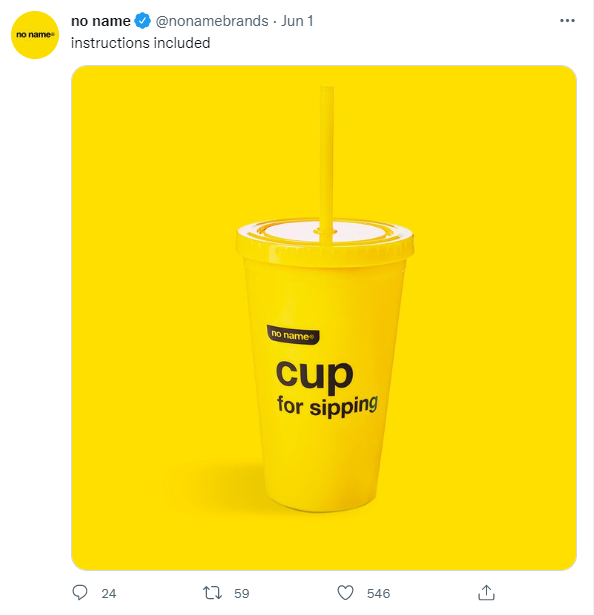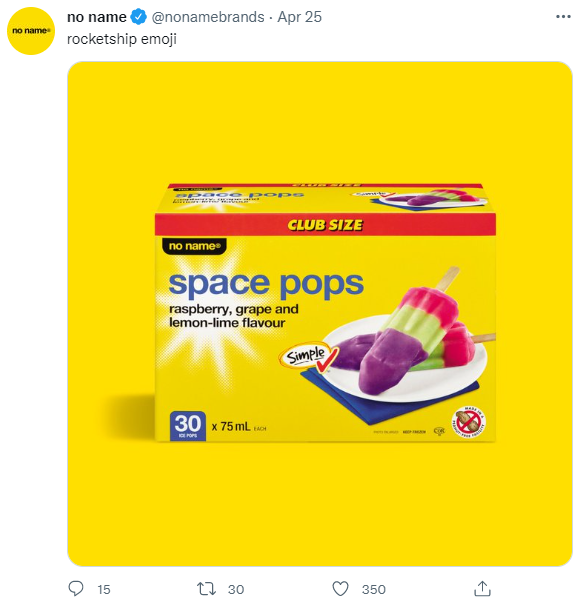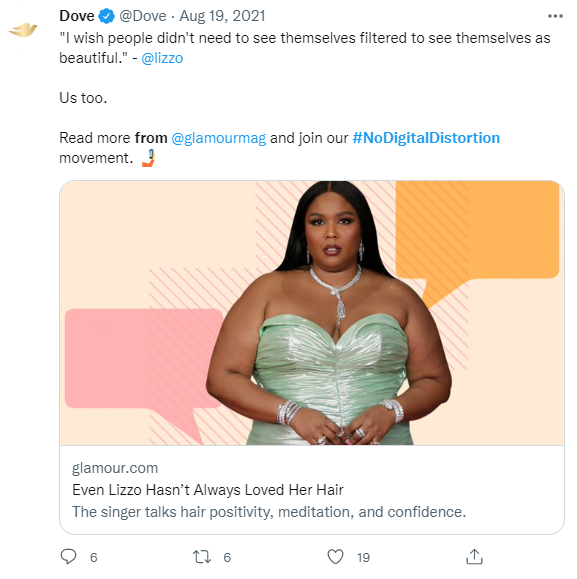Building an extensive network is crucial for a number of reasons. A lot of the time, we pair networking with professional success (and to an extent, that’s true – we can pursue new job opportunities, advance in our careers, explore a new field, etc.), but networking is also important for personal success and development as well. Meeting new people and selling yourself can be a very daunting task for many. But just think – you’ve gotten where you are today by being uniquely you, and knowing who you know today. Plus, great things never came from comfort zones, after all!
What is your parent strategy for developing your professional network online and in person?
Before the pandemic, when we were able to develop and expand our professional networks in-person, I would say my overall strategy was to partcipate in, and attend, networking events and training workshops/conventions, when applicable. Doing so allowed for me to meet with professionals in various industries, as well as other Communications professionals from other departments in Ottawa.
In online settings, I would say my strategy/approach to networking has not changed; I continue to attend training sessions and workshops, even in a remote setting. Participating in networking activities and sessions online, from home, actually holds me accountable to participate – I feel more “pressure” to stand out and make a strong impression since we cannot meet and greet face-to-face at this time.
What activities and commitments are you making in the next 6-12 months to continue the development of your networks?
Currently, I’m applying for/pursuing other opportunities within my department at work to explore other areas of Communications/Marketing. I hope that in the next 6-12 months I am able to take on various assignments that will expand my skillset and grant me the opportunity to work with new teams/professionals in my branch.
I think it’s important to continue pursuing education as well. From being enrolled in this program alone, I’ve had the privilege to expand my network and communicate with numerous individuals with diverse professional backgrounds and interests. I’m planning on continuing my education at Algonquin in some capacity (likely another online, part-time, self-paced diploma program) to challenge myself, meet new people, and apply what I’ve learned to my career and everyday life.















